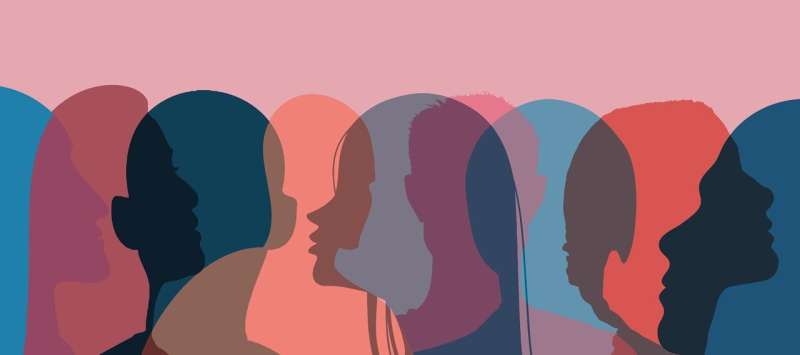This article has been reviewed according to Science X's editorial process and policies. Editors have highlighted the following attributes while ensuring the content's credibility:
fact-checked
trusted source
proofread
Transgender people seen in the ER much more likely than cisgender people to be admitted to hospital

Transgender people who come to the emergency room for care tend to be sicker than cisgender people who are otherwise similar to them and are much more likely to be admitted to the hospital once they visit the ER, according to a study being presented Saturday at ENDO 2023, the Endocrine Society's annual meeting in Chicago, Ill.
"Our findings suggest that decreasing discrimination against transgender people in society and in health care, and improving the outpatient care they are able to access in the community, may keep them healthier and help them avoid visits to the ER," said lead researcher Daphna Stroumsa, M.D., M.P.H., of the University of Michigan in Ann Arbor, Mich. "Improving access to transgender-friendly health care can improve the health of this population, and help decrease the burden on emergency rooms and hospitals."
More than 1.6 million people over the age of 13 in the United States are transgender and gender diverse. Because of social discrimination, they face many difficulties getting the health care they need, Stroumsa said. Fearing discrimination from some medical providers—a common experience among transgender people—they often avoid getting care until they are very sick. Transgender people may need to use emergency room services for basic services, or because their chronic conditions were not treated. The study examined ER visits unrelated to gender-affirming medical care.
In the new study, the researchers analyzed data from a group of databases known as the Nationwide Emergency Department Sample. A total of 66,382 visits were made by people identified as transgender between 2006 and 2018.
The researchers found a rapid increase in the proportion of visits by people who identified as transgender, from 0.001% of visits in 2006 to 0.016% in 2018. There were significant demographic differences between transgender and cisgender patients. Transgender and gender-diverse people were significantly more likely to be admitted, adjusting for payment, age group, region, income and mental health condition (overall 52.4% vs. 17.3%). A large proportion of ED visits by transgender and gender-diverse individuals was associated with a chronic condition (58.2% vs. 19.2%) and/or with a mental health diagnosis (28.7%, compared with 3.9% for others). Hospital admission among transgender and gender-diverse people was much more likely to be linked to a chronic condition (67.3% vs 41.3%) or a mental health condition (37.2% vs. 5.3%).
"The high admission rates, and the high proportion of transgender and gender-diverse people with a chronic condition or with mental health condition, may represent worse overall health due lack of primary care, or a delay in seeking emergency care among transgender and gender-diverse people," Stroumsa said. "Discrimination and transphobia have direct consequences, worsen the health of transgender people, and lead to poor use of health care resources. There is a need for increasing access to affirming primary and mental health care among transgender and gender-diverse people."
More information: Conference livestream at endomediastream.com.


















